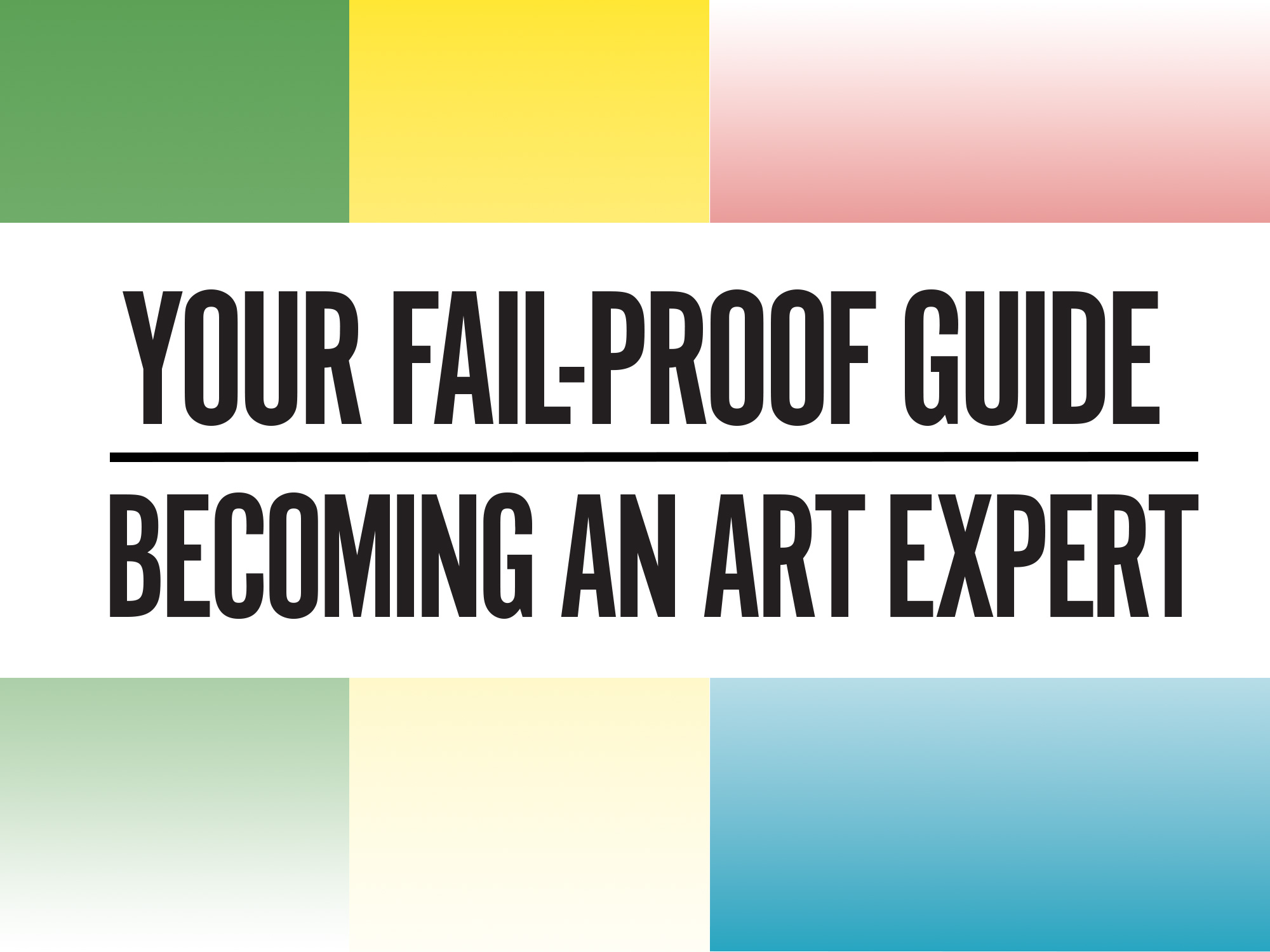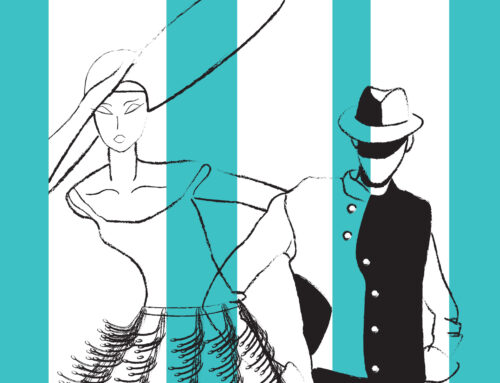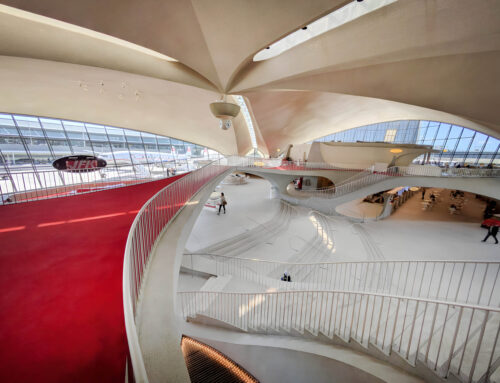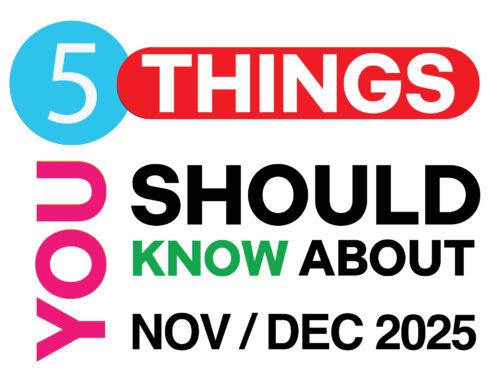All you need to know to keep up with your high-culture peers
By Alexa Berman
Design by Justin Negard
Yes, you too can keep up with artsy acquaintances at your next soirée, thanks to this (ahem) official art history guide. In just a few minutes, you’ll be tossing around “expert” jargon and impressing everyone in the room. You’re welcome.

Arts & Crafts ~ 1860 -1900
Born in Britain, this movement rebelled against industrialization and its mass-produced goods by reviving medieval design and artisanship. At its heart was a familiar sentiment: nostalgia for a “simpler” time before technology ruined us. But, hey, the Luddite grass is always greener.
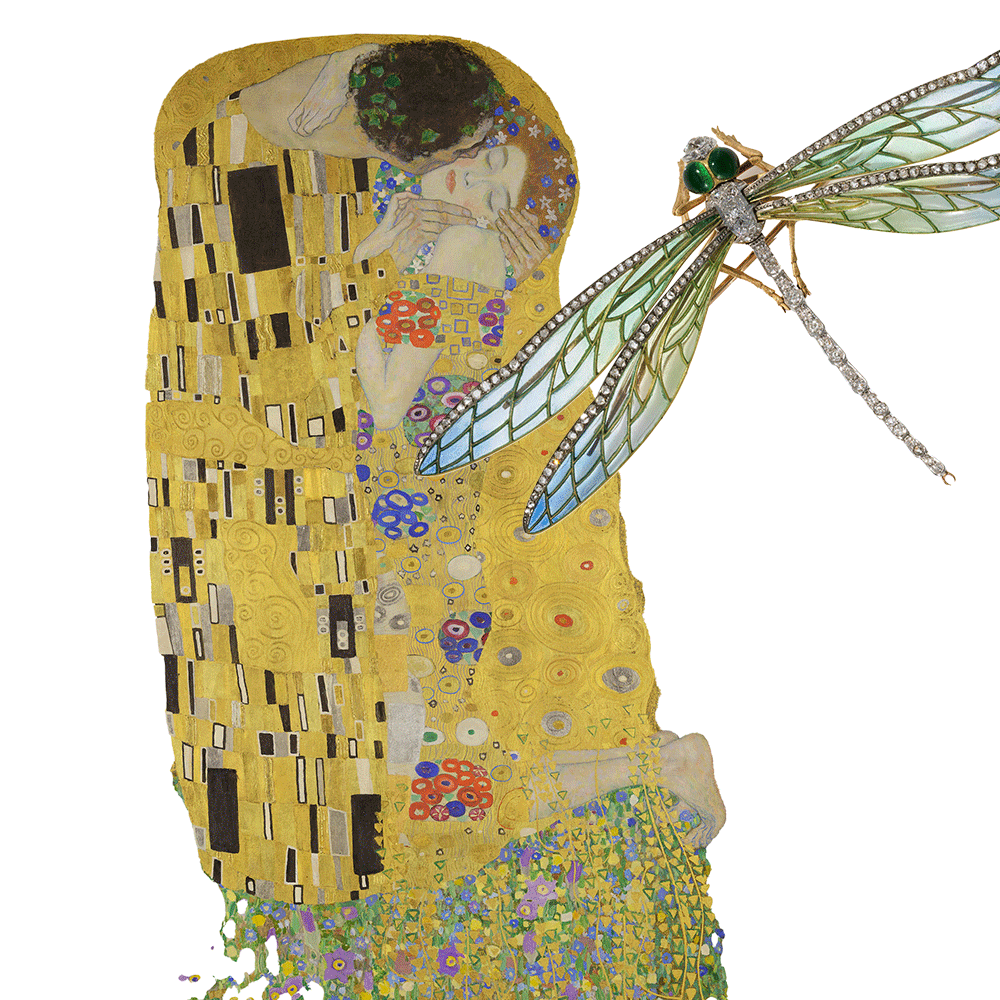
Art Nouveau ~ 1890 -1910
Sweeping across Europe and the U.S., Art Nouveau took cues from nature’s unruly flora and fauna (vines, flowers, feathers) and translated them into ornate designs on glass, ceramics and furniture. Think Dr. Seuss meets your grandma’s delicate dishware.

Modernism ~ 1890 – 1950
More of an attitude than a single style, modernism rejected old rules in favor of experimentation and innovation. Fueled by rapid social and technological change, modernist artists and writers were all about abstraction, fragmentation and bold new forms. Translation: Expect novels you can’t quite follow and paintings more about color and lines because traditional narratives were sooo last century.
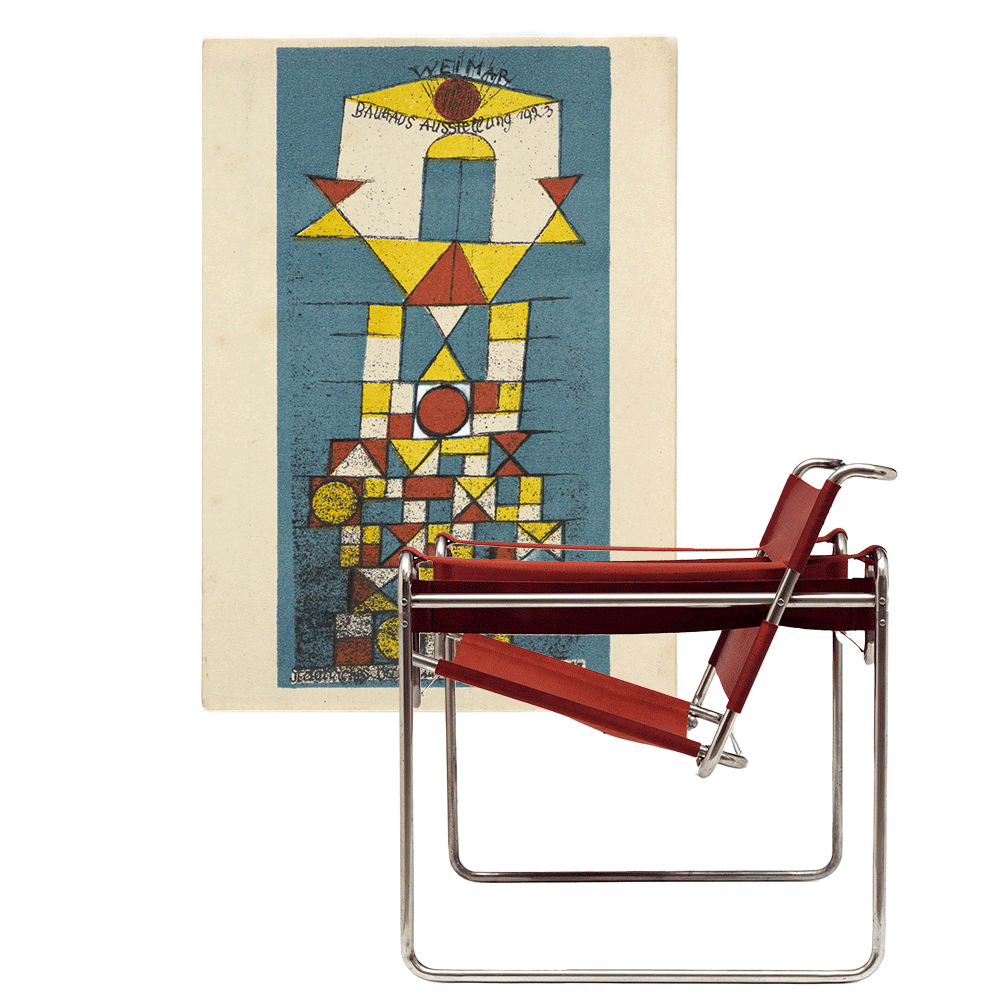
Bauhaus ~ 1920 – 1930
Translating to “construction house,” the Bauhaus movement is precisely that. Originally a German art and design school founded by Walter Gropius, the larger movement merged creativity and craftsmanship, creating pieces that were both functional and beautiful. Just imagine Bob the Builder in a black turtleneck.

Art Deco ~ 1910 – 1940
This Western European-then-American period of art was sleek, sophisticated and blatantly expensive, because everyone should know how much money you’re wearing. Distinguishing features included simple yet stylized forms, often using expensive materials. Think: The Great Gatsby, Coco Chanel and the Chrysler Building.

Streamlining ~ 1930 – 1950
Speed. Efficiency. Motion. Streamlining focused on aerodynamic forms that felt purposeful and stylish. It was mostly seen in cars, appliances and industrial design, where function meets flair. Picture sleek curves and clean lines that look fast even when standing still. We dare you to find a right angle.

Space Age ~ 1956 -1965
Exactly what it sounds like: space age design reimagines future forms of art and design. Sparked by the excitement of the space race, this period was influenced by new technology and aerospace innovation. Keen on bold, visionary forms, it often used metallic colors and technological accents in its works. It was sleek, efficient and forward-thinking—perfectly nailing that unique combo of doctor’s office sterility and ocean liner chic.
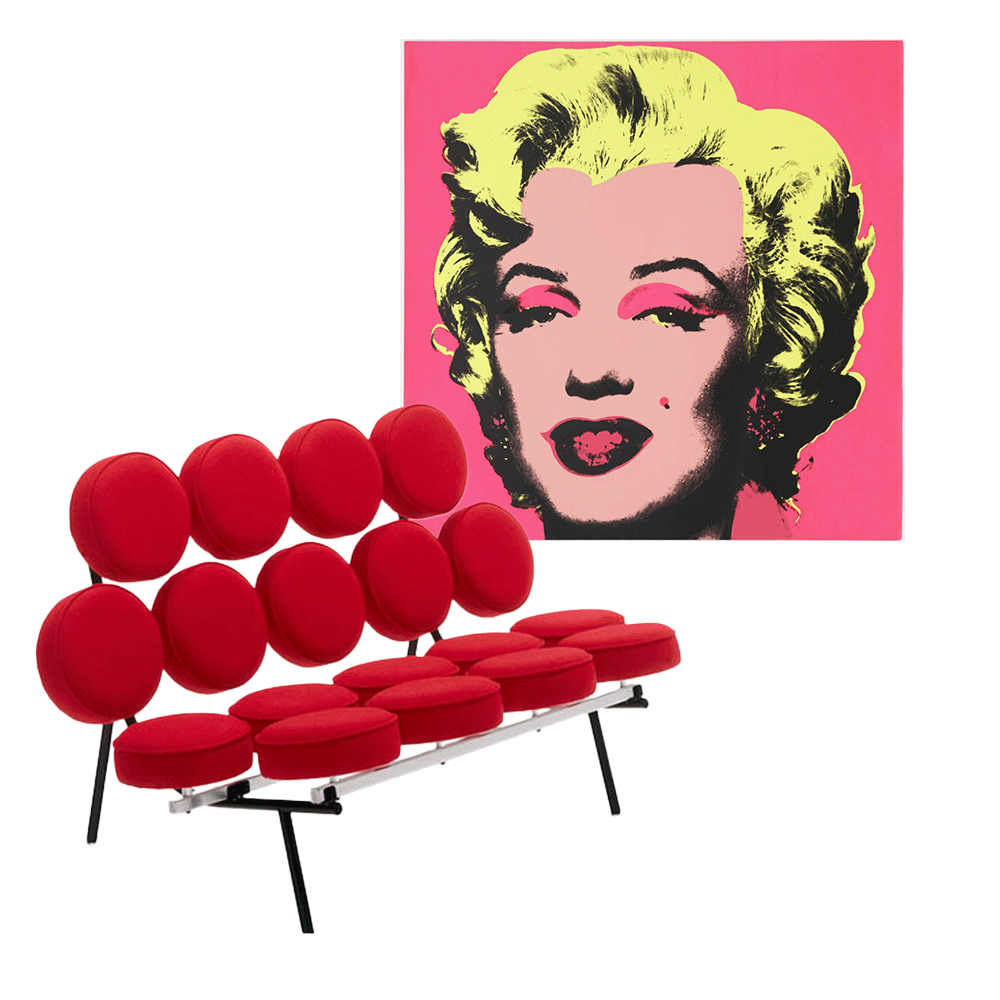
Pop Art ~ 1950 – 1970 & 1980 -1990
In the U.K.’s post-war climate, Pop Art was about breaking all the rules by integrating the everyday into celebrated art. Artists like Andy Warhol, Roy Lichtenstein and Keith Haring (who helped revive it in the 1980s, adding a graffiti-style twist) rejected the previously praised forms of “high culture” and instead turned soup cans and comic strip panels into famed masterpieces.
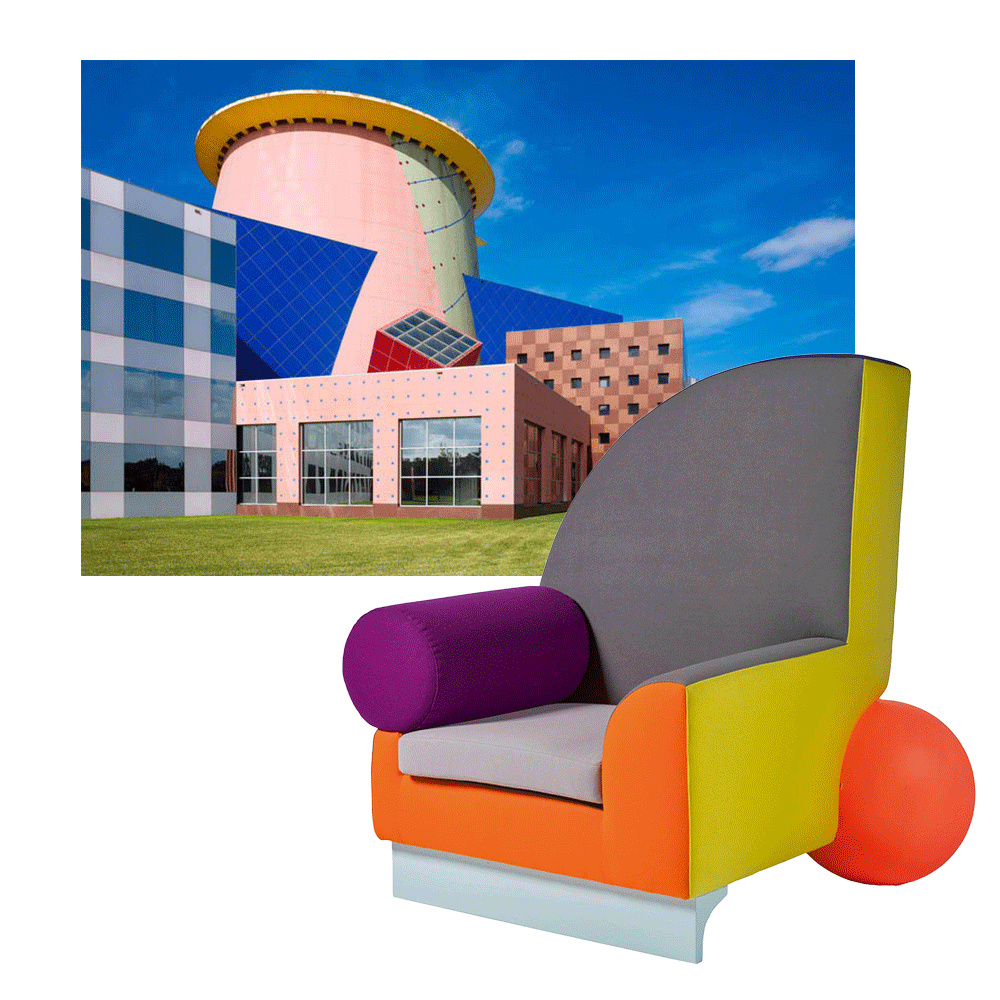
Postmodernism ~ 1950 – Present
Even less cohesive than its predecessor, postmodernism is most adequately defined by what it’s not: modernism. The postmodernism movement rejects singular narratives and totalizing theories, embracing eclectic and fragmented styles and media in their place. Try throwing out the phrase “avant-garde” or simply start laughing at the absurd humor of it all. Everyone will follow along because no one else gets it either.
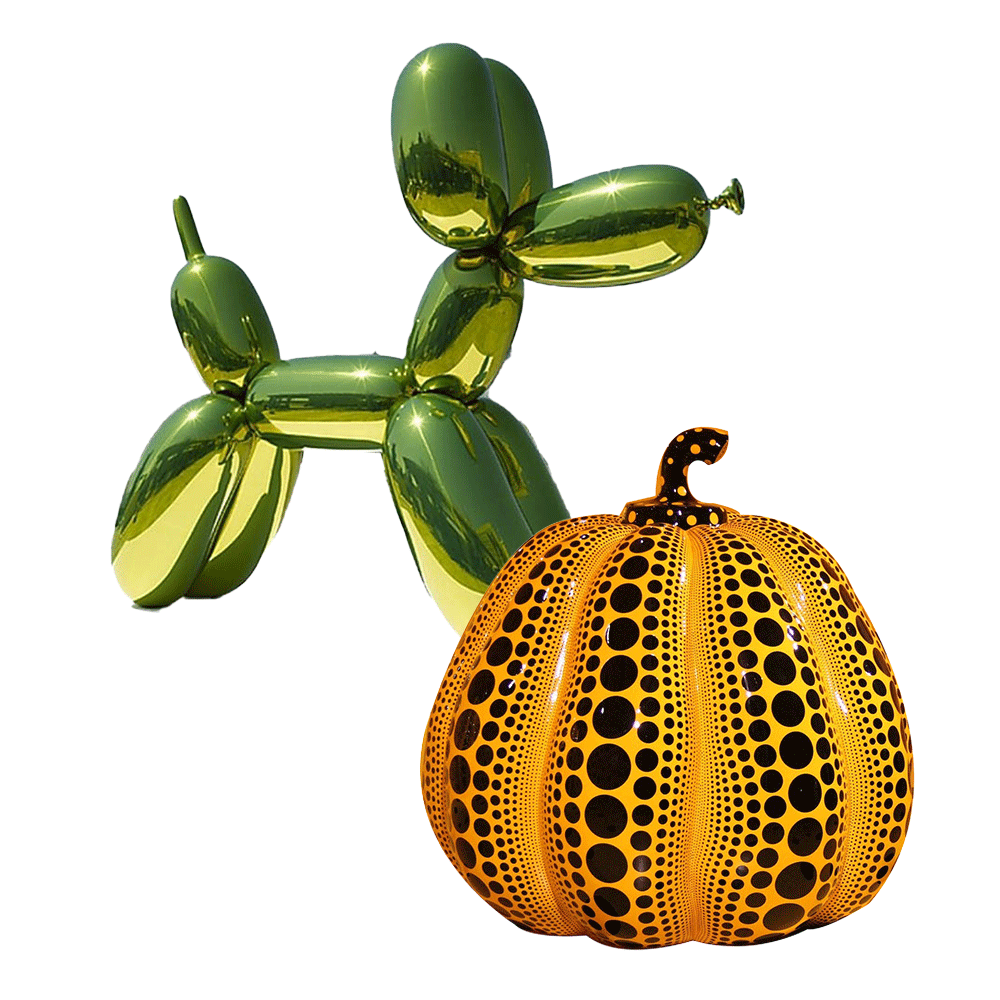
Contemporary ~ 1970 – Present
Contemporary art encompasses any media produced today or in the last fifty years. Many niche forms exist under this umbrella, but the more well-known include Basquiat’s street art, Ai Wei Wei’s eye-catching photography, and Yayoi Kusama’s bold and unpretentious pattern work. Technically, your notebook doodles could count too…
This article was published in the November/December 2025 edition of Connect to Northern Westchester.

Alexa Berman
Based in NYC, Alexa is an aspiring journalist and devoted bibliophile. She studies literature at Trinity College Dublin, where she serves as the editor of the campus magazine and also writes for Trinity’s satirical paper, The Piranha. In her free time, she can be found scoping concerts, browsing bookstores, or exploring the nearest coffee shops.
-
Alexa Berman#molongui-disabled-link
-
Alexa Berman#molongui-disabled-link
-
Alexa Berman#molongui-disabled-link
-
Alexa Berman#molongui-disabled-link
Justin is an award-winning designer and photographer. He was the owner and creative director at Future Boy Design, producing work for clients such as National Parks Service, Vintage Cinemas, The Tarrytown Music Hall, and others. His work has appeared in Bloomberg TV, South by Southwest (SXSW), Edible Magazine, Westchester Magazine, Refinery 29, the Art Directors Club, AIGA and more.
Justin is a two-time winner of the International Design Awards, American Photography and Latin America Fotografia. Vice News has called Justin Negard as “one of the best artists working today.”
He is the author of two books, On Design, which discusses principles and the business of design, and Bogotà which is a photographic journey through the Colombian capital.
Additionally, Justin has served as Creative Director at CityMouse Inc., an NYC-based design firm which provides accessible design for people with disabilities, and has been awarded by the City of New York, MIT Media Lab and South By Southwest.
He lives in Katonah with his wonderfully patient wife, son and daughter.
-
Justin Negardhttps://connecttomag.com/author/admin-2/
-
Justin Negardhttps://connecttomag.com/author/admin-2/
-
Justin Negardhttps://connecttomag.com/author/admin-2/
-
Justin Negardhttps://connecttomag.com/author/admin-2/


